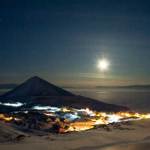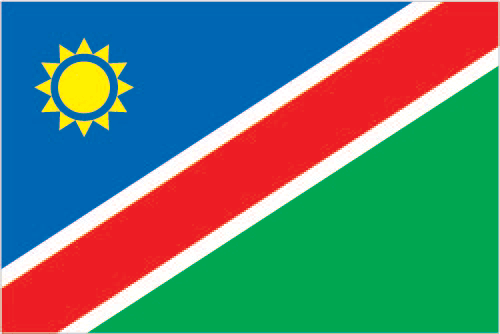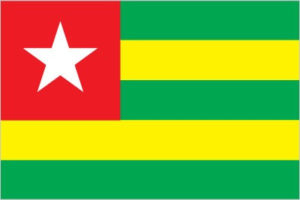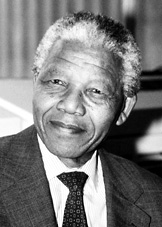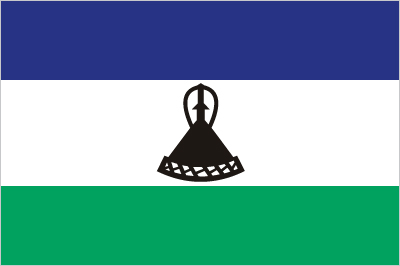
Flag of Lesotho
Lesotho celebrates Independence Day. It became free from British rule in 1966. The country, about the size of Maryland, is entirely surrounded by South Africa. Almost two million people live in Lesotho, and Maseru is the capital. Tourism is a major industry. Older children can learn more at: Lesotho.
